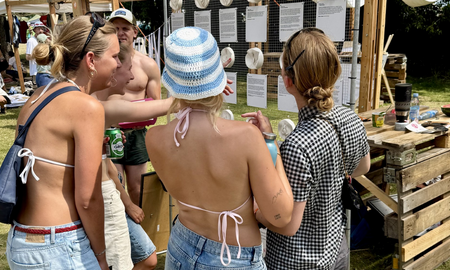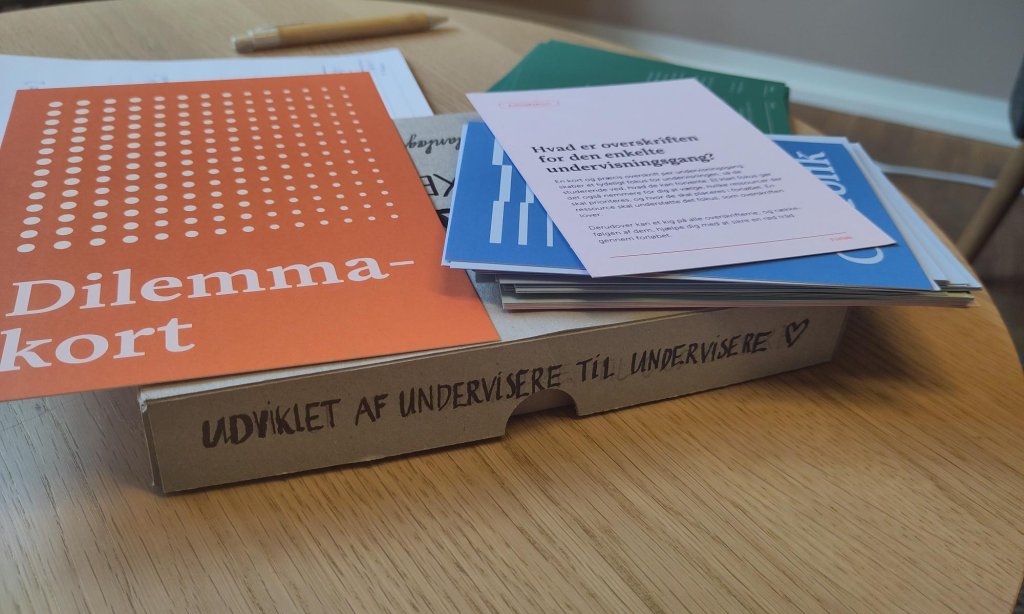Siger du ja til tredjepartscookies, kan tredjepart anvende cookiedata til målrettet markedsføring på egne og andres platforme. Tredjepart kan desuden behandle information om din adfærd på kea.dk og vores øvrige sites og koble disse data med andre oplysninger, du har givet dem, eller som de har indsamlet fra din brug af deres tjenester.
Vores samarbejdspartnere kan kombinere disse data med andre oplysninger, som du har givet dem tidligere, eller som de har indsamlet via din brug af deres tjenester. Samarbejdspartneren kan være etableret i usikre tredjelande, der ikke har det samme beskyttelsesniveau.
Hvis du takker ja til Marketing-cookies, vil tredjepart modtage information om din browser, IP-adresse og de sider, du besøger på kea.dk og vores subsites.
Læs mere om tredjeparts cookies i vores cookiepolitik og se en oversigt over hvilke cookies, der bliver sat











